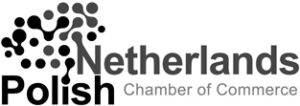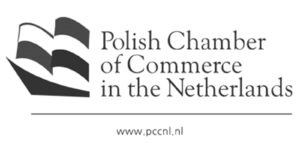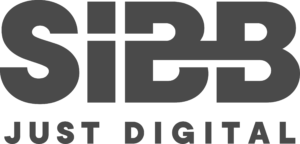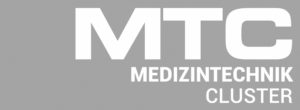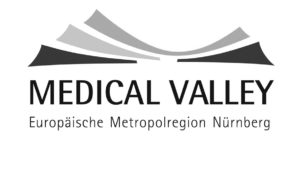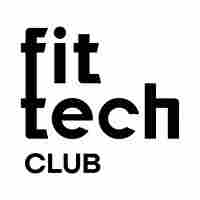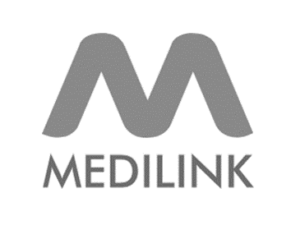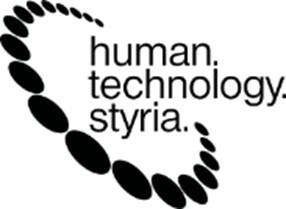The Internet of Things (IoT) claims huge promise and potential in all industries.
A new update by the International Data Corporation (IDC) World Wide Internet of Things Spending Guide shows IoT spending growing 8.2% year over year to $742 billion in 2020.
The IDC expects global IoT spending will return to double-digit growth rates in 2021 and achieve a compound annual growth rate (CAGR) of 11.3% over the 2020-2024 forecast period.
These are staggering numbers. Consider that AI will “only” be reaching an estimated $100 billion by 2024.
Granted, these technologies are different in many ways, but the fact remains. IoT is progressing at unprecedented rates.
One of the industries where IoT has been growing rapidly in 2020 is Healthcare, with a growth rate of 14.5%.
Overall, it is estimated that 30.3% of all IoT devices will be used in the healthcare industry, which, according to Intel, is the second-largest IoT consumer.
According to a survey of the Healthcare industry conducted by Microsoft, 89% of workers surveyed said they have a project in either the learning, proof of concept (POC), purchase, or use (i.e., fully implemented) phase.
Healthcare workers have high expectations of this tech.
However, despite its huge potential, many organizations still struggle to find success with this powerful technology.
Many of us will have observed promising ideas that did not make it past the PoC stage. Furthermore, even if they made it to production the overall result was underwhelming.
In May of 2017, Cisco was indicating that IoT initiatives average a failure rate of 75% and in July of 2019, Microsoft stated that 30% of IoT projects fail in the proof-of-concept stage.
So, what is the reason behind this high rate of failure?
We can summarize this into 3 categories:
- Lack of a solid IoT Value Proposition
- Underestimation of the complexity of IoT projects
- Organizations not ready for the impact of IoT on their employees, processes, IT systems, and business models.
Lack of a Solid IoT Value Proposition
Many of us would be aware of the rapid growth at which devices are being connected. This number is likely to increase in the future.
Whilst IoT presents intriguing possibilities around the connectivity of devices, it doesn’t mean that they should be connected.
Research from Capgemini mentions that 50% of the cause of failure is due to a lack of clarity around the purpose of the project.
This then gives us a clear indication that businesses are not spending enough time defining their Value Proposition (VP) before moving to PoC. This is a critical mistake as a VP is critical to any successful IoT initiative.
Let’s dissect this further.
Businesses need to start with the WHY (defining your IoT Value Drivers) before they focus on the HOW.
For example, imagine you are trying to provide a solution around washing powder levels in the “everyday” home. What value is created and for whom, by knowing that you run out of washing powder?
Is the value of knowing washing powder levels enough to justify the cost of building, implementing, maintaining, and using such an IoT application?
The unfortunate reality is if customers are not benefiting enough from IoT initiatives, the businesses won’t benefit either.
“IoT creates value when the intelligence improves industry, making operational insight actionable. IoT is most valuable when it changes business processes through innovation, automation and orchestration, reducing often manual, labor-intensive or invasive tasks, minimizing data anomalies, adding value and productivity to workforce activities, improving customer experience and employee engagement. Further, IoT adds value by reducing risk, reducing costs and reducing working capital requirements, all of which can have a material, measurable impact on an organization’s financials”
Craig Rock | Forbes Technology Council
Underestimation of the Complexity of IoT Projects
Whilst IoT harbors immeasurable potential, it does increase complexity.
This wouldn’t be an issue if organizations had the resources and infrastructure to cater to such complexity, but unfortunately, many underestimate the requirements.
The very nature of IoT creates a chain of dependencies. Each technological element is dependent on the other to succeed in its task in order to bring value to users.
An update in the firmware of one piece of the technological chain, for instance, can have consequences on the whole system. As such, the design and development phases must be strategically planned to circumvent these repercussions.
The chain is only as strong as its weakest link.
“The complexities that companies experience building out and maintaining IoT infrastructure has hindered growth of the sector, leading to the failure of as many as 75 per cent of IoT projects”.
Philippe Guillemette, Chief Technology Officer, Sierra Wireless.
To add further to an already complex system, the value of IoT is in the information produced by the devices (sensors, actuators, and connectivity). These sensors collect vast amounts of data, which needs to be processed and managed.
In order to draw value from this data, it must be integrated and analyzed at increasingly demanding velocities. Furthermore, this integration and analyzation needs to be conducted across multiple channels.
This is why implementing a proper IoT framework, including a clear data strategy, is crucial to a successful IoT initiative. Only then can an organization design and discuss the interdependencies.
Organizations not Ready for the Impact of IoT on Their Employees, Processes, IT Systems, and Business Models.
Many organizations don’t realize that the impact of IoT reaches further than digital technology. It has the potential to disrupt employees, processes, IT systems, business models, and customers.
The introduction of IoT in the workplace will change the core of the organization — its standard procedures, daily operations, and larger functions.
Opinions on the effect of IoT on the workplace have been mixed.
Whilst fears of job reductions due to IoT automation have been expressed by analysts across the globe, there can be a case made for an increase in employment for the digital expert.
Every company that wishes to confront and implement complex IoT frameworks will have to invest deeply into the digital knowledge of their employees.
According to a survey carried out by Microsoft, 29% of companies see the availability of resources and lack of skills as their major IoT challenge.
Digital literacy and data analytics will likely become among the top priorities of organizations investing in integrating IoT in a meaningful way.
Conclusion
Whilst the statistics show mixed results it would be naïve to disregard IoT as a valuable tool for organizations in the future.
We still have much to learn about its’ potential and how to use the technology to drive value for businesses and users. A framework such as IoT value drivers may be the tool required to tame its complexities.
Needless to say, if a cornerstone industry such as Healthcare can help to explore the possibilities IoT may very well find itself providing value in other industries soon.
We will just have to wait and see.

